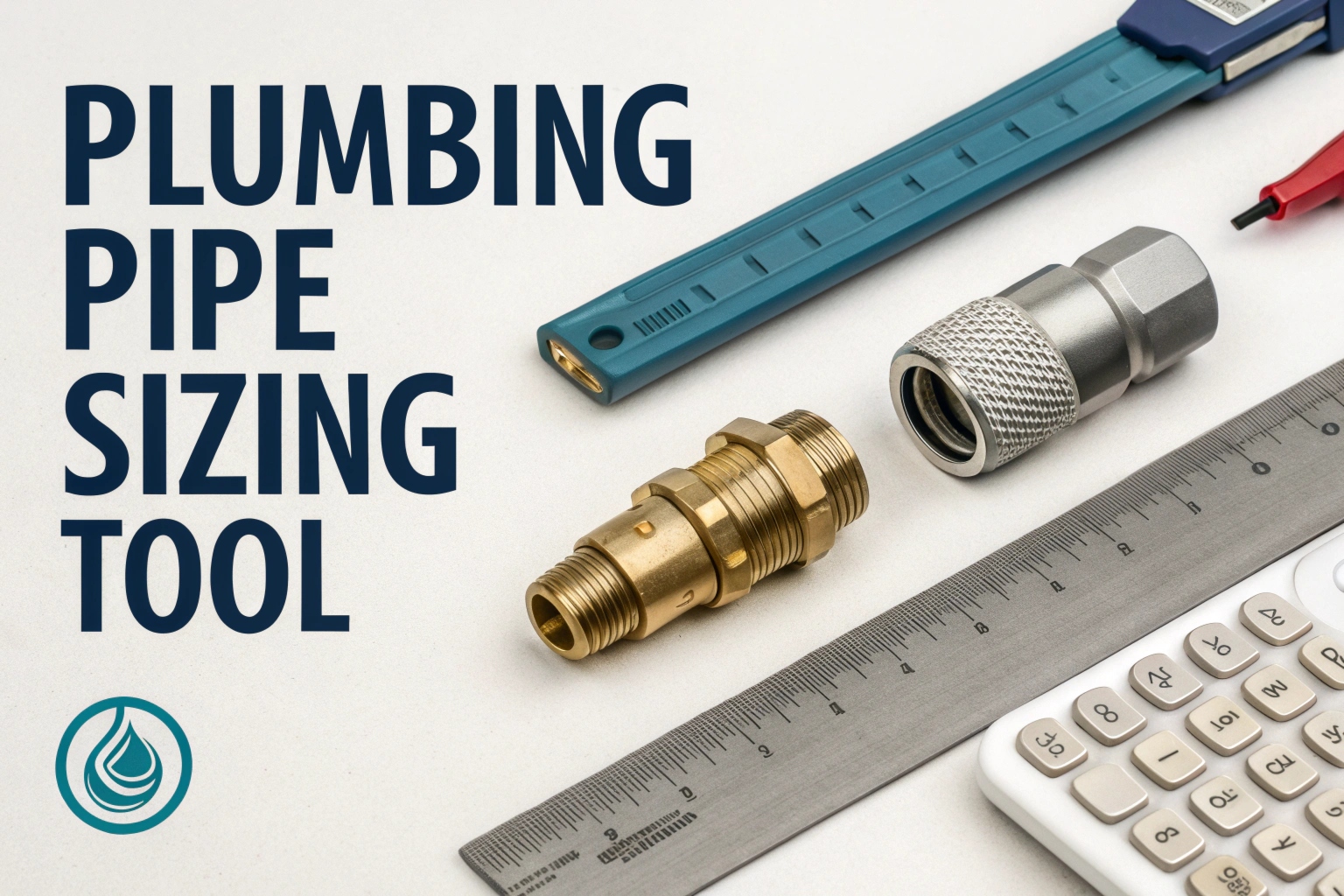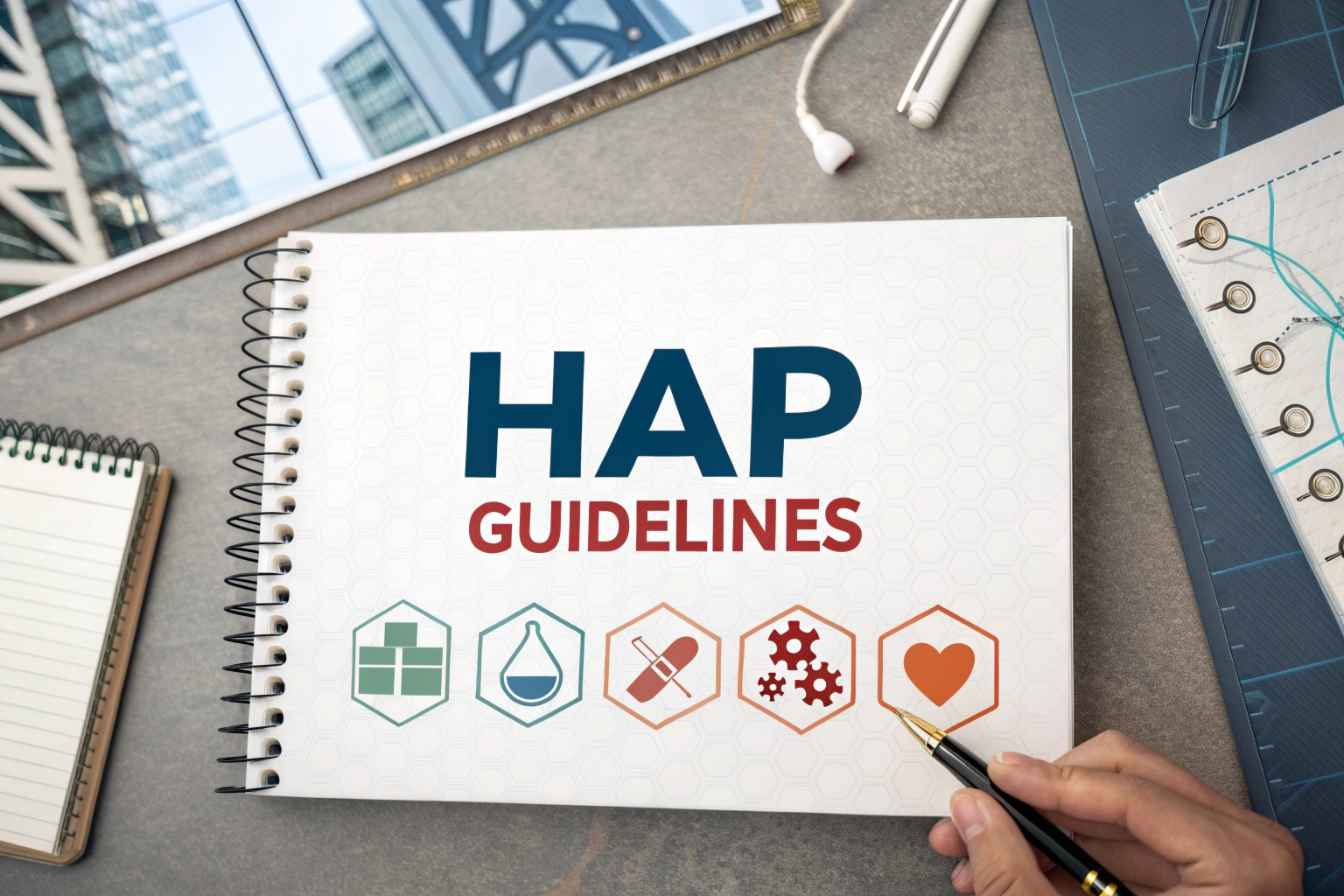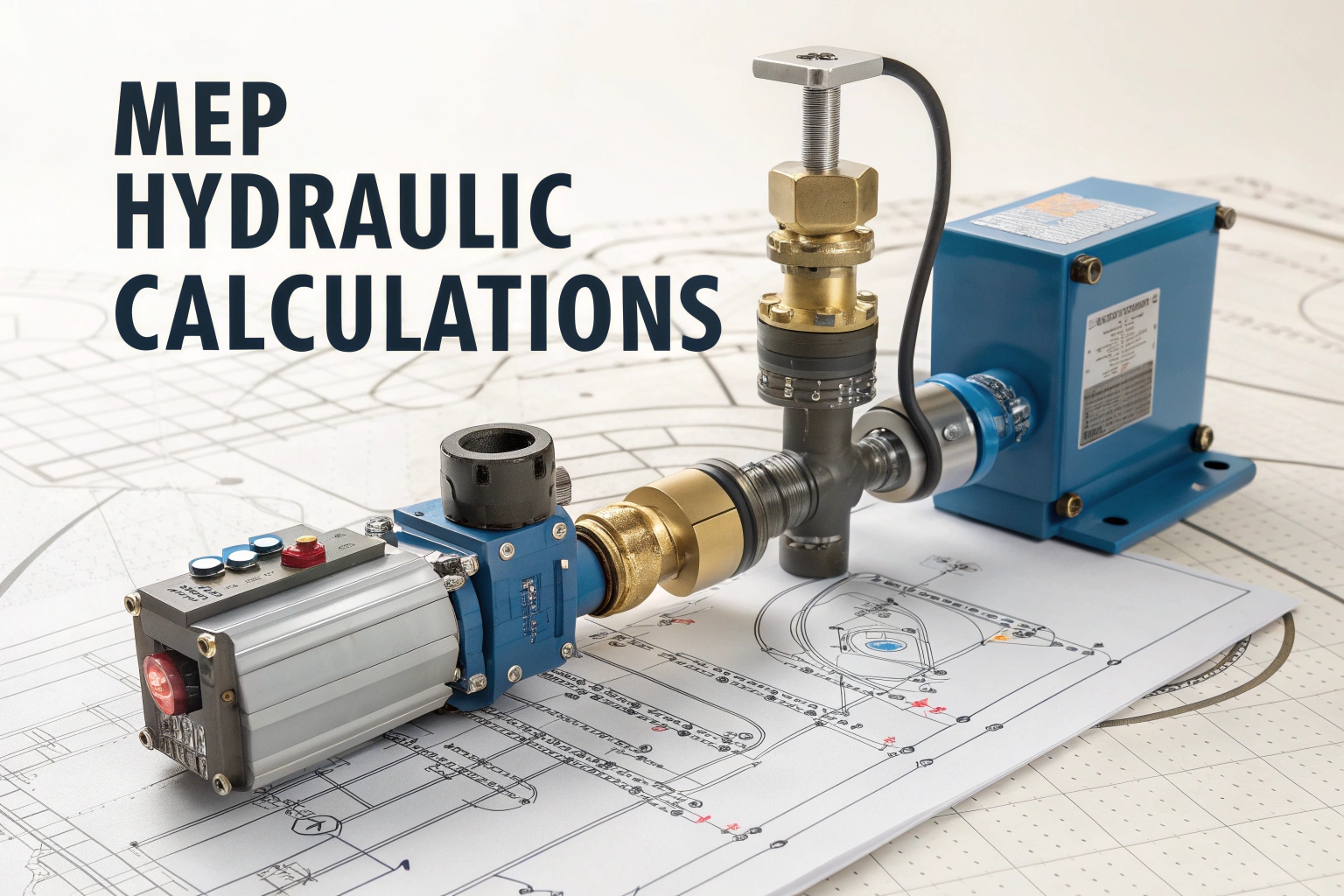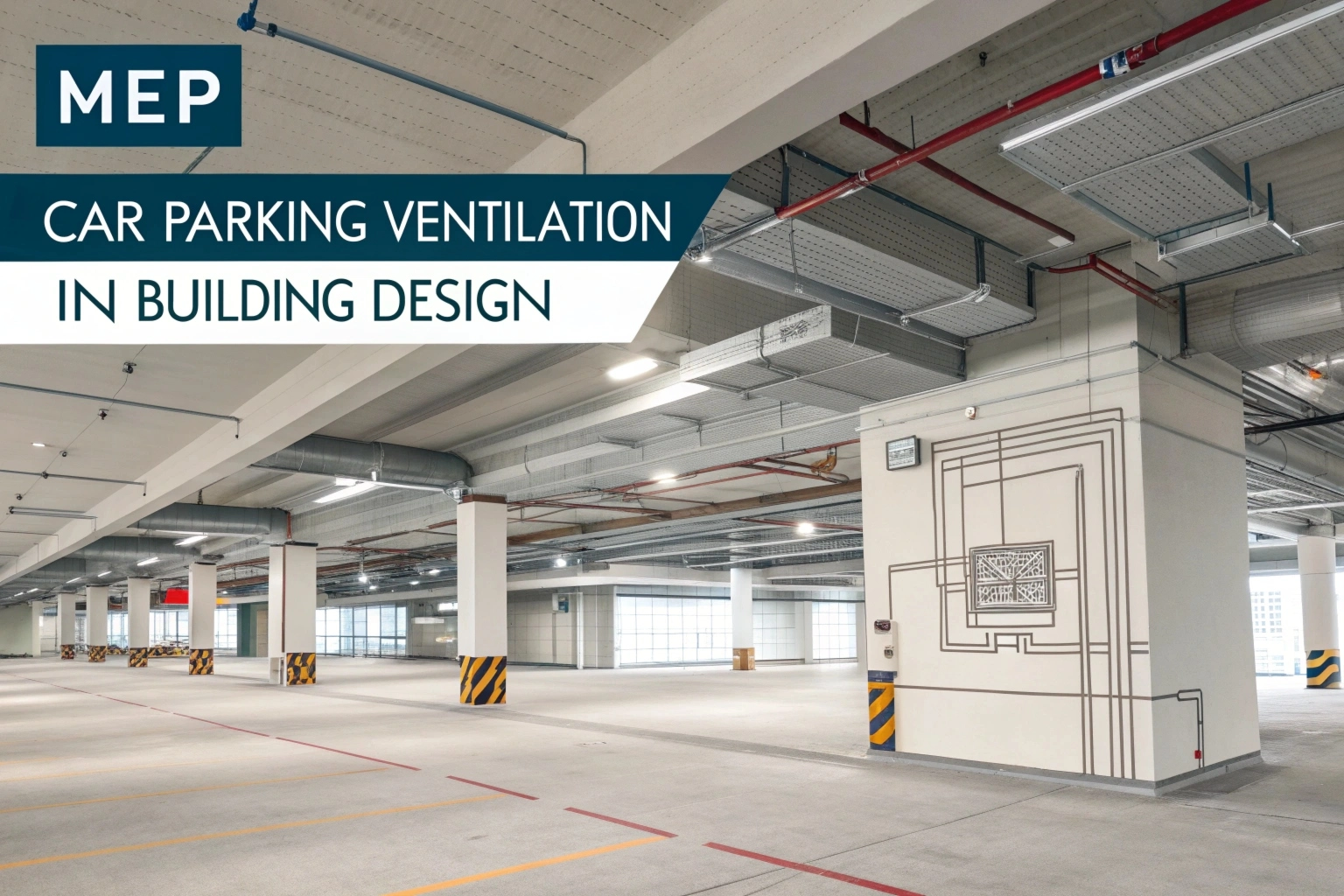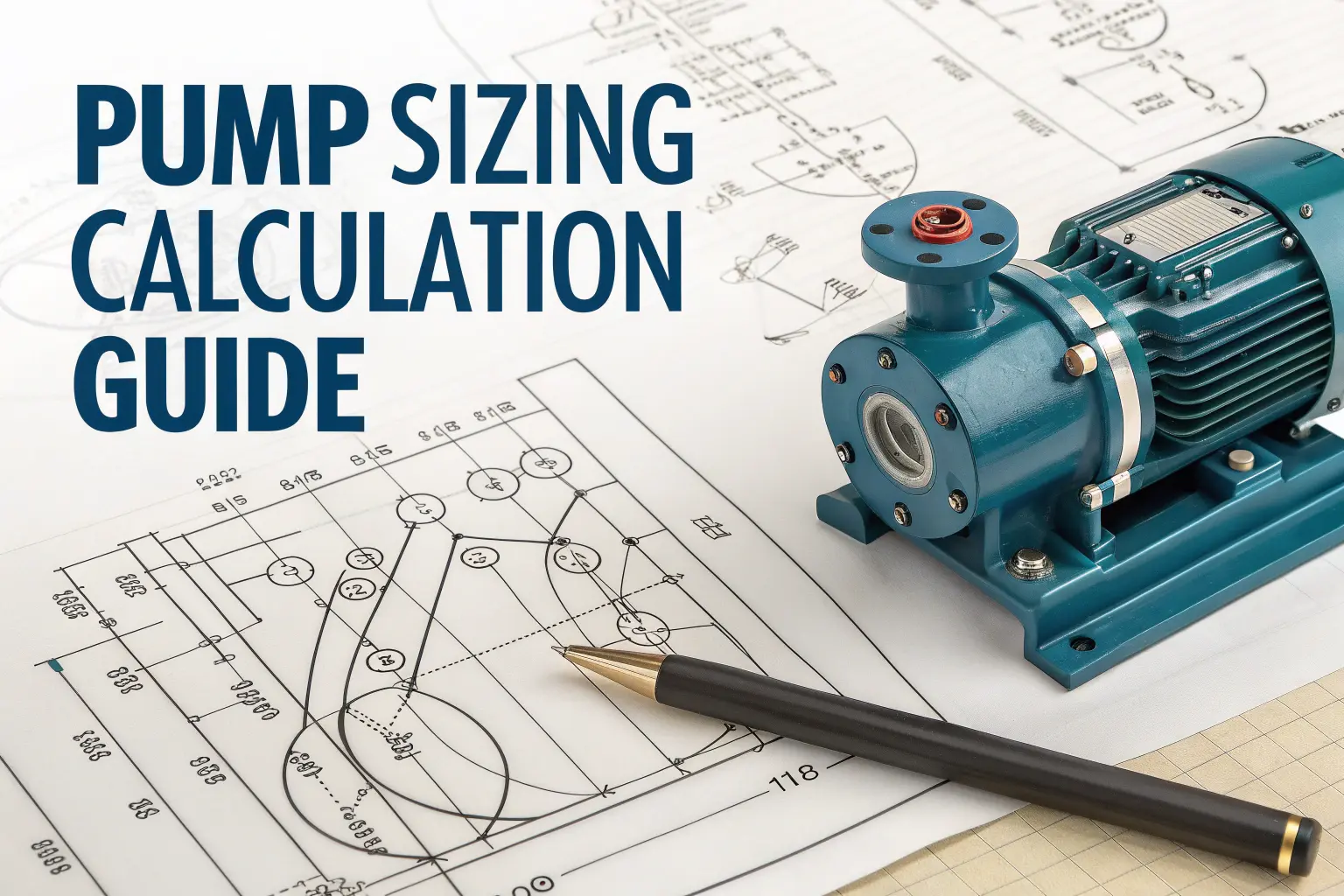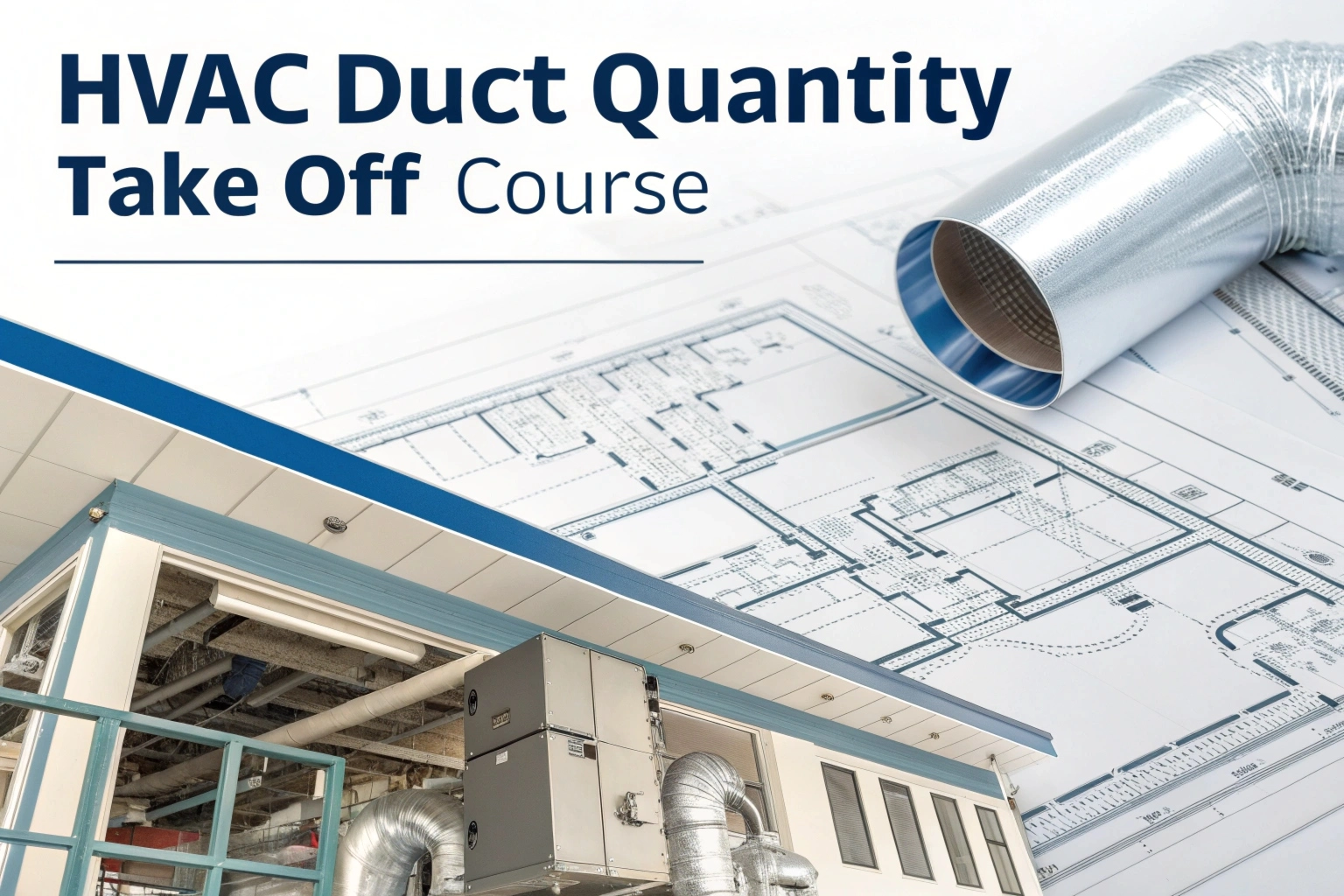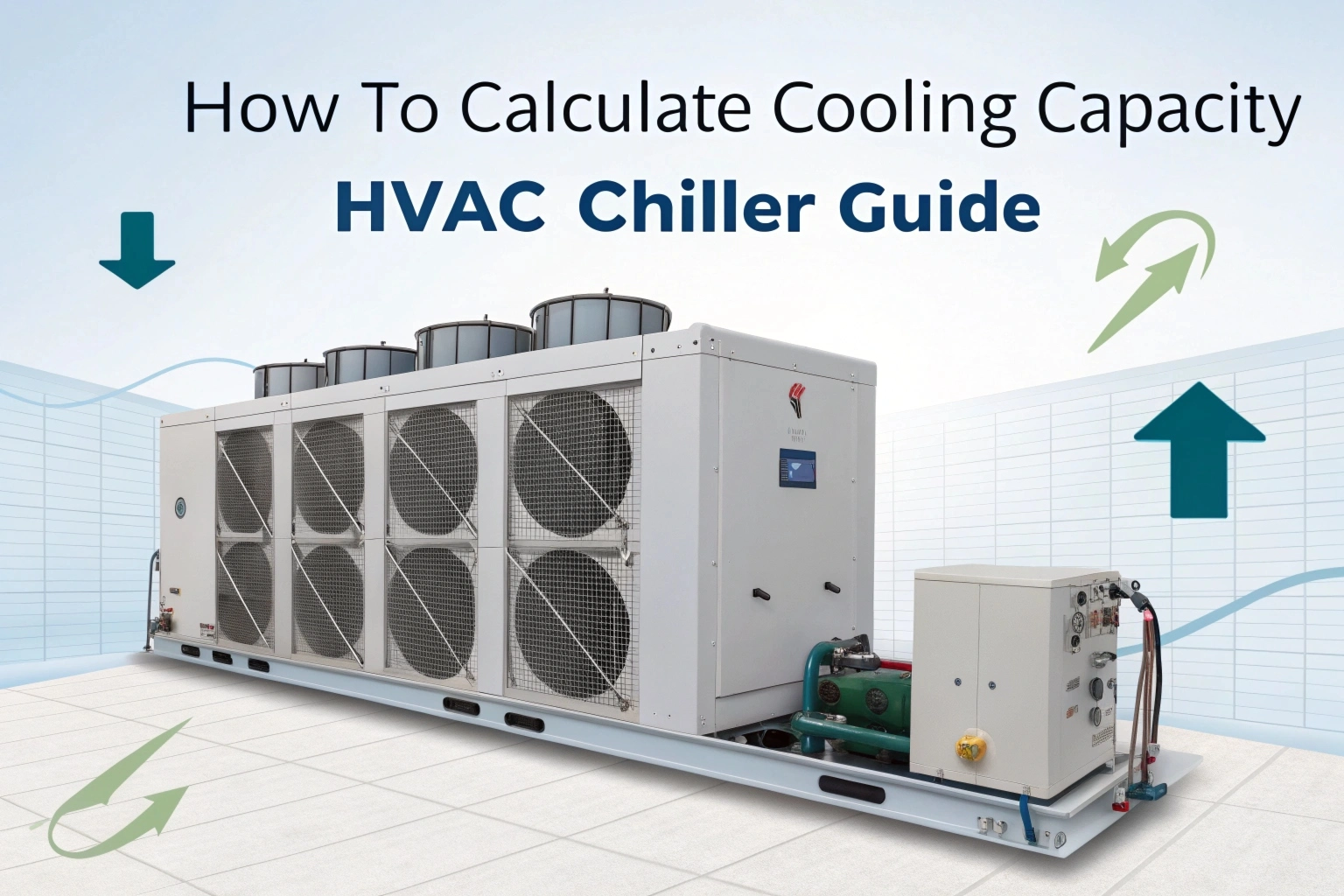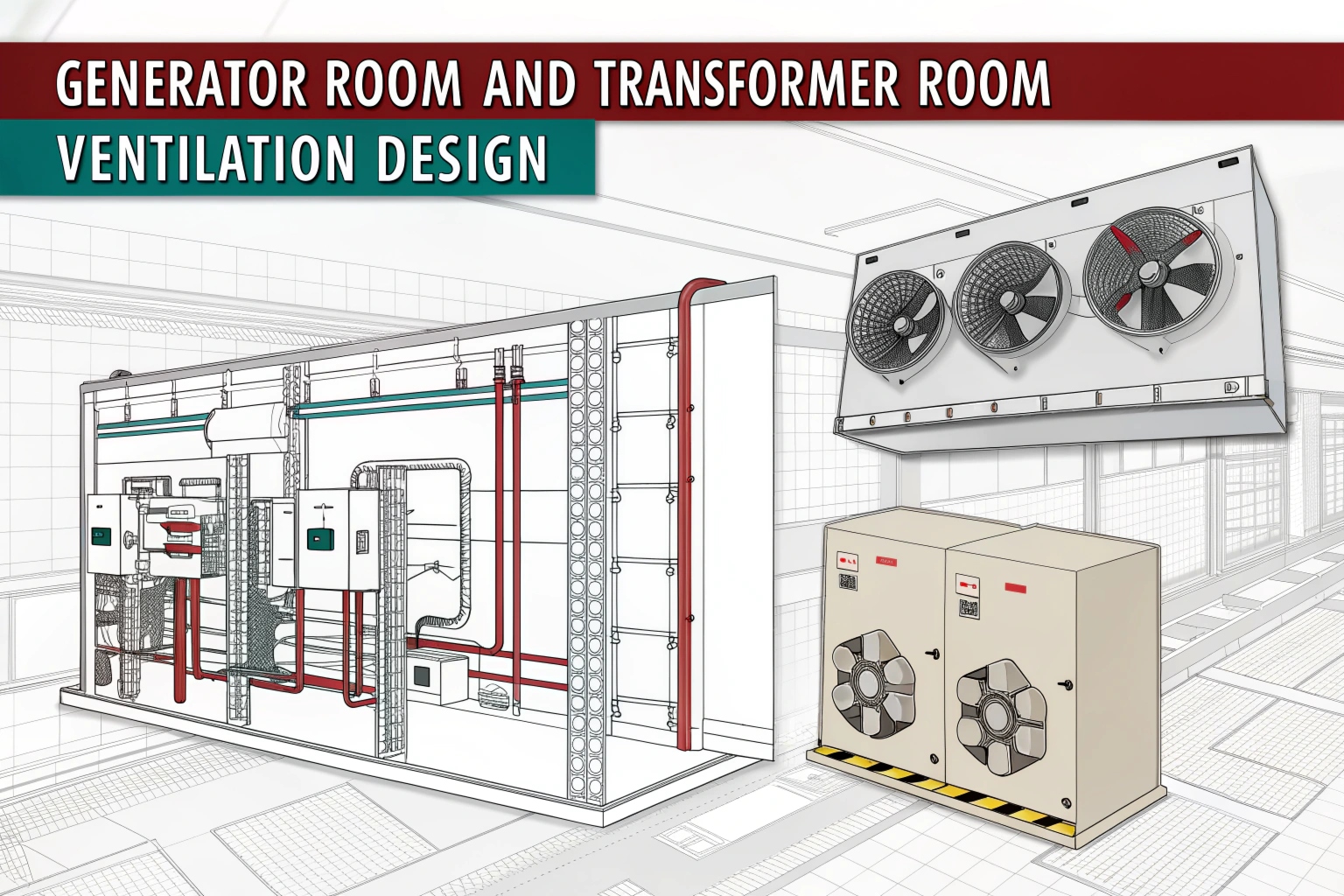When setting up a compressed air system, the selection of pipe size becomes way more important than anyone could imagine. A pipe that is too small reduces air pressure, and one that is too big would be unnecessarily expensive for the system. Therefore, sizing piping for compressed air systems is essentially all about finding an optimum middle ground.
Let’s break this down in the easiest way possible.
Why Pipe Sizing Is Important
Compressed air moves through pipes much the same way water moves through plumbing.
But here’s the difference: air is compressible, and that makes the system more sensitive.
If the pipe is not sized properly:
- Pressure drops
- Tools don’t work efficiently
- Compressor overworks
- Energy bills increase
- The system becomes noisy
So yeah, sizing pipes properly saves power, increases performance, and keeps everything running smoothly.
Things That Affect Pipe Sizing
Before choosing a pipe, you need to know a few things:
1. Flow Rate (CFM)
CFM means how much air your compressor delivers.
Higher CFM = bigger pipe needed.
2. Distance (Length of the Pipe)
Longer pipe = more friction = more pressure drop.
3. Pressure Level
Systems with low pressure need bigger pipes to avoid drops.
4. Fittings and Bends
Elbows, tees, valves, and filters increase resistance.
More fittings = bigger pipe required.
5. Pipe Material
Common materials:
- Galvanized steel
- Aluminum
- Copper
- PPR
- Stainless steel
Some materials cause more friction than others.
The Basic Idea Behind Sizing
The goal is simple:
Keep the pressure drop below acceptable limits.
Most industries try to keep the pressure drop within:
2–3 PSI for the main header
1 PSI for branch lines The larger the pipe, the lower the pressure drop. But bigger pipes also cost more. So, engineers calculate the best size that avoids drop and still stays cost-friendly.
Simple Formula for Pipe Sizing
There are detailed charts, software, and standards, but the fundamental principle is:
Pressure Drop ∝ L × Flow Rate / Pipe Diameter⁵
You don’t need to memorize this.
Just remember:
Small pipe + high flow = big pressure drop Large pipe + long distance = expensive but stable
Typical Pipe Size Examples
Here’s a quick idea of what works in most small to medium setups:
| Flow Rate (CFM) | Recommended Pipe Size |
|---|---|
| 20–40 CFM | ½ inch |
| 40–70 CFM | ¾ inch |
| 70–150 CFM | 1 inch |
| 150–300 CFM | 1.5 inch |
| 300+ CFM | 2 inch & above |
Industries with huge compressors may even use 4-inch main headers.
Main Header vs Branch Lines
Main Header:
This is the big pipe that distributes air throughout the facility. Always larger in size.
Branch Lines:
These go to each machine or tool. They can be smaller depending on the air requirement.
For example:
- 2″ main header
- 1″ branch line
- ½” drop to tool
This setup avoids pressure loss and keeps the air flowing smoothly.
Common Mistakes in Pipe Sizing
People mess up compressed air systems by making these mistakes:
- Using too many bends
- Choosing small pipes to save money
- Ignoring friction loss
- Mixing pipe materials
- Using long hoses instead of proper piping
- Not draining moisture
All these problems lead to pressure loss and wasted energy.
Sizing compressed air piping looks complicated on the surface but is actually super easy once you comprehend how pressure drop works. A properly sized pipe has air flowing with minimal loss and doesn’t overload the compressor. Properly sized piping means better operation of your tools, longer compressor life, and a more efficient system.
You can download files from the given link below.



